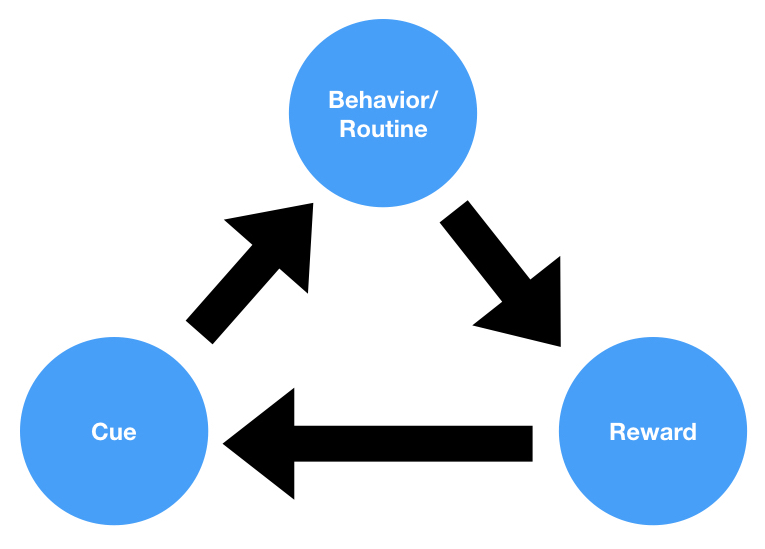What is a Presynaptic Cell?
A presynaptic cell is a neuron that sends information to another neuron via a specialized structure called a synapse. The presynaptic cell releases neurotransmitters, which are chemical messengers that transmit signals across the synaptic cleft to the postsynaptic cell. This process is crucial for communication between neurons and is the basis for the complex signaling networks that underlie brain function and behavior.
Key Features
-
Axon Terminal
The axon terminal, also known as the presynaptic terminal, is the specialized structure at the end of the neuron’s axon. It contains synaptic vesicles filled with neurotransmitters and is responsible for transmitting signals to the postsynaptic cell.
-
Synaptic Vesicles
Synaptic vesicles are small, membrane-bound compartments within the axon terminal that store neurotransmitters. Upon receiving a signal from the presynaptic cell, the vesicles fuse with the presynaptic membrane, releasing neurotransmitters into the synaptic cleft.
-
Neurotransmitter Release
When an action potential, or nerve impulse, reaches the axon terminal, it triggers the release of neurotransmitters from synaptic vesicles. This process, called exocytosis, involves the fusion of vesicles with the presynaptic membrane and the subsequent release of neurotransmitters into the synaptic cleft.
Functions
-
Signal Transmission
The primary function of the presynaptic cell is to transmit signals to the postsynaptic cell by releasing neurotransmitters. This process enables communication between neurons and forms the basis for neural signaling networks.
-
Modulation of Synaptic Strength
Presynaptic cells can modulate the strength of the synapse by adjusting the amount of neurotransmitter released. This modulation plays a critical role in synaptic plasticity, a key mechanism underlying learning and memory processes.
-
Neurotransmitter Reuptake
Following the release of neurotransmitters, presynaptic cells may reabsorb some of the neurotransmitters from the synaptic cleft through a process called reuptake. This helps regulate neurotransmitter levels and maintain the balance of neural signaling.
Presynaptic Cell and Neurological Disorders
Disruptions in the function of presynaptic cells can contribute to various neurological and psychiatric disorders, such as Alzheimer’s disease, Parkinson’s disease, and depression. Understanding the mechanisms underlying presynaptic cell function is crucial for developing targeted therapies to treat these conditions.




